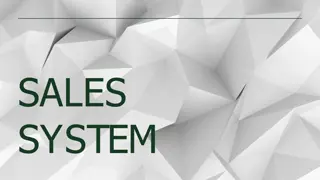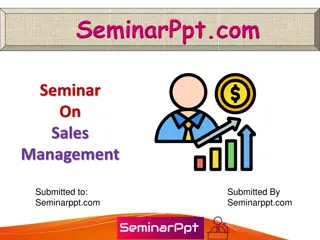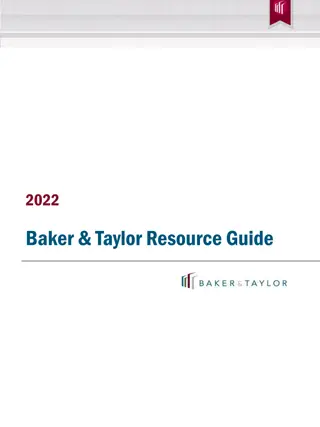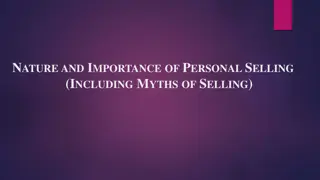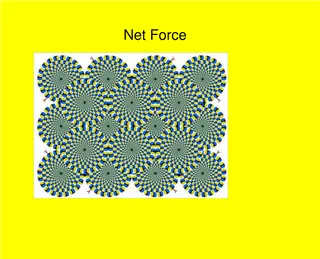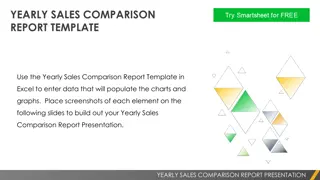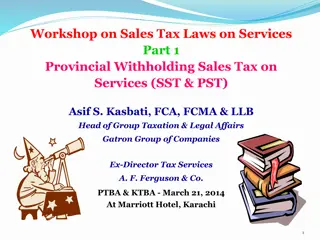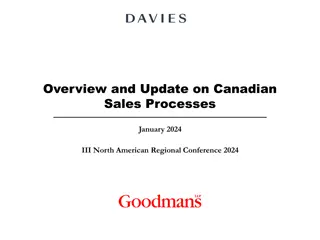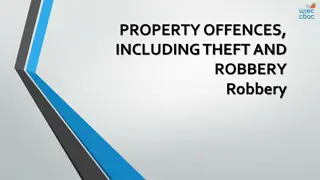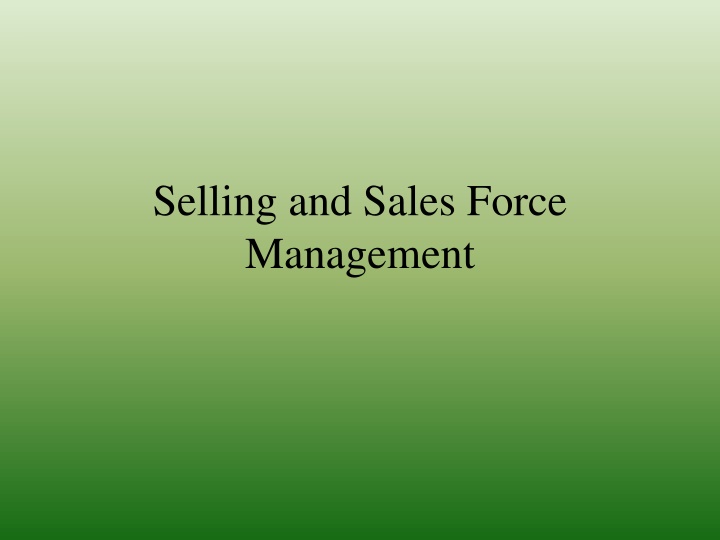
Essential Insights into Selling and Sales Force Management
Discover the fundamental aspects of selling, the role of selling persons, adaptive selling strategies, what a selling person does, basic steps in selling, types of sales forces required, sales force structure, determining the size of sales force, and managing a sales force effectively. Equip yourself with key knowledge to enhance your business's sales performance.
Download Presentation

Please find below an Image/Link to download the presentation.
The content on the website is provided AS IS for your information and personal use only. It may not be sold, licensed, or shared on other websites without obtaining consent from the author. If you encounter any issues during the download, it is possible that the publisher has removed the file from their server.
You are allowed to download the files provided on this website for personal or commercial use, subject to the condition that they are used lawfully. All files are the property of their respective owners.
The content on the website is provided AS IS for your information and personal use only. It may not be sold, licensed, or shared on other websites without obtaining consent from the author.
E N D
Presentation Transcript
Selling and Sales Force Management
What is Selling? The AMA defines Selling as the personal or impersonal process of assisting and/or persuading a prospective customer to buy a commodity or a service or to act favourably upon an idea that has commercial significance to the seller.
They provide the vital human link between the company and the customer Because only humans can customize the market offering as per the customer
Role of a Selling Person Deliverer Order taker Missionary Technician Demand Creator Solution vendor
Selling has to be adaptive The nature of selling has changed. Circumstances, markets, products, services, customers have necessitated selling persons have to change to respond to customer needs
What does a selling person do? Convince Argue Inform Cajole Persuade Guide Lead Negotiate Provide Solve
Basic Steps in Selling Prospecting Qualifying Approach Presentation Handling Objections Closing Taking the order Follow up
What kind of Sales Force is required? Routine selling Expert selling Technical selling Business scouting
Sales Force Structure Geographical Market wise Product /Category wise Channel
Determining size of Sales Force No. of accounts ( customers) Classification of account Call frequencies Location of accounts Monthly call load
Managing Sales Force Recruitment Training Supervision Motivation Evaluation
Compensating Sales Personnnel Fixed Variable Fixed + variable Commissions Incentives Bonuses Expense accounts
Sales Productivity Call efficiency Time spent per call Sales generated per call Expense per call Sales generated/ expenses incurred Margins( contributions)/sales person
Sales Reporting Call reports Tour reports New accounts Reporting on competition Identifying market opportunities Suggesting moves to counter competition Product/service complaints

